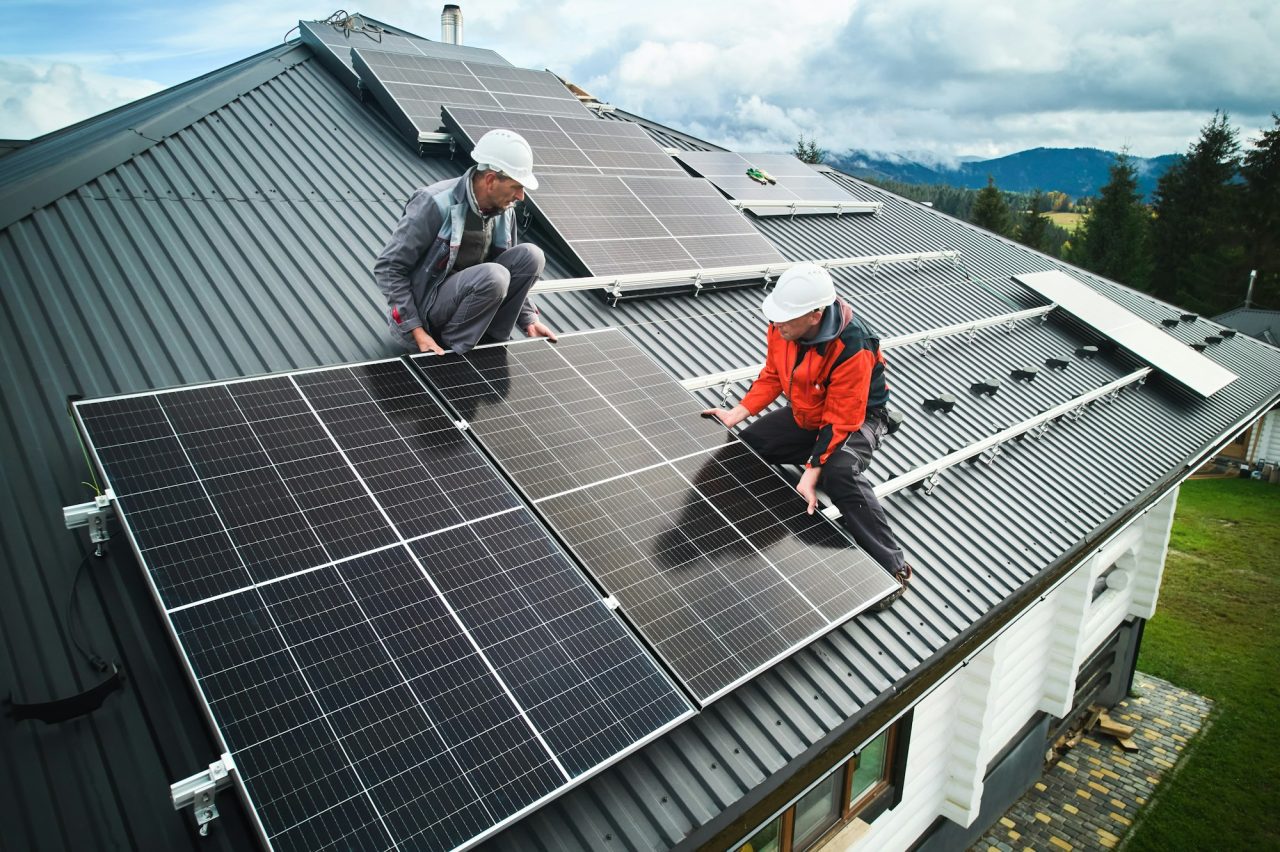Revolutionizing Solar Power with Water-Based Solutions
Floating solar, also known as Floating Photovoltaic (FPV) technology, is an innovative approach to harnessing solar energy by installing photovoltaic panels on water bodies such as reservoirs, lakes, and industrial ponds. This method not only conserves valuable land resources but also improves the efficiency of solar panels due to the natural cooling effect of water.

How floating Solar Works
Floating solar farms consist of solar panels mounted on buoyant platforms that are anchored to the bottom of a water body. These platforms are designed to withstand changing water levels, waves, and environmental factors. The electricity generated is transmitted via underwater cables to the power grid or used directly by nearby facilities.
Key Benefits of Floating Solar
✅ Land Conservation – Eliminates the need for large land areas, making it ideal for regions with limited space.
✅ Enhanced Efficiency – Water’s cooling effect increases panel efficiency by up to 10-15% compared to ground-mounted systems.
✅ Reduces Water Evaporation – Helps conserve water in reservoirs and agricultural ponds.
✅ Minimizes Algae Growth – Blocks sunlight, reducing excessive algae production that can harm aquatic ecosystems.
✅ Scalable & Adaptable – Suitable for various water bodies, including hydropower dams and industrial lakes.
The Growing Demand for Floating Solar
According to the International Energy Agency (IEA), the floating solar market is expected to grow significantly, with Asia leading in large-scale installations. Countries like China, India, and Japan are investing heavily in FPV technology to maximize renewable energy potential.
Challenges & Future Scope
While floating solar presents many advantages, challenges like high installation costs and material durability in water environments need continuous innovation. Future advancements in anchoring systems and floating materials will further enhance the viability of FPV systems.